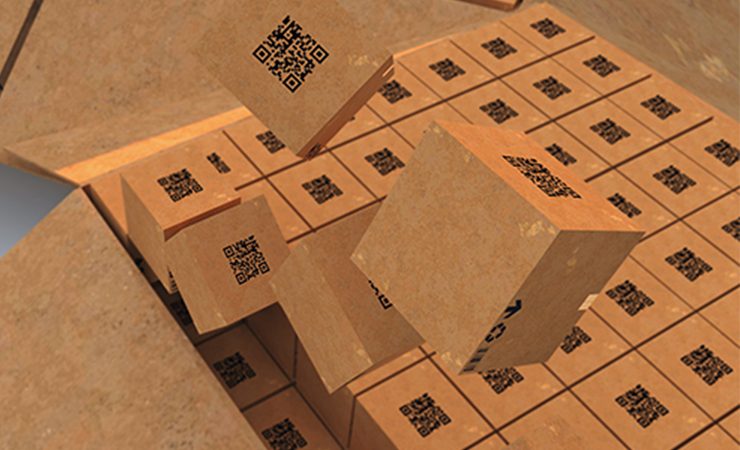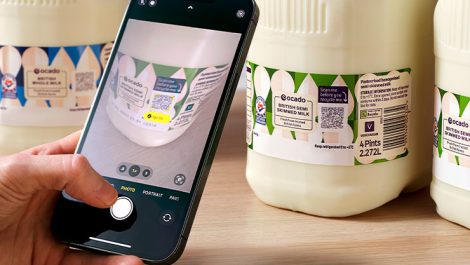Brand protection, track and trace, and other anti-counterfeiting technologies, are set to experience an accelerated compound annual growth rate (CAGR) over the next five years.
Fuelled by the coronavirus pandemic of 2020-2021, data from a newly published report, The Future of Anti-Counterfeiting, Brand Protection & Security Packaging to 2026 from Smithers, sees demand for these components at $3.25 billion in 2021. The pandemic will contribute to an accelerated forecast compound annual growth rate (CAGR) of 5.6% for 2021-2026, yielding a total market value of $4.26 billion in that year.
In 2020, the global pandemic and the rise of e-commerce selling led to a rise in fake goods. In cosmetics and personal care, for example, there are reports of a 56% increase in counterfeit products sold via online channels, according to Smithers and its findings. Fears over shortages of medicines, pharmaceuticals, and now vaccines in many regions has led to greater availability of counterfeit goods. I turn, this is increasing the use of anti-counterfeiting technologies, including more interest in mandated track-and-trace schemes from governments. In Russia, for example, Chestny Znak is a state regulation that is forcing the adoption of digital print technology, according to IIJ managing director John Corrall.
Geographically, demand for anti-theft, product authentication, tamper evidence, and track and trace components will continue to grow, even in Europe and North America, which are largely static markets for standard packaging.
The report further found:
- There will be a surge in demand for printed coding, RFID circuitry and covert taggants used in traceability systems;
- There will be greater use of speciality inks and diffractive optically variable image devices (DOVIDs) in product authentication;
- For tamper-evident features, the fastest growing components will be blister packaging, film wrap, and security-grade high-strength adhesives, although overall this segment will grow at below the market mean;
- The slowest growth will be seen in anti-theft technologies, reflecting the reduced use of physical retail over the forecast period, and a transition to more digital technologies; and
- The business threat of counterfeit parts will make industrial goods – already the second largest segment – the fastest growing application through to 2026.
To be effective, Smithers noted that security packaging of tomorrow will rely increasingly on integrating new technologies to optimise traceability and usability. This will include Blockchain distributed ledger platforms, 5G and NFC connectivity, the wider use of the Internet of Things (IoT), and digital identities and automated verification.



